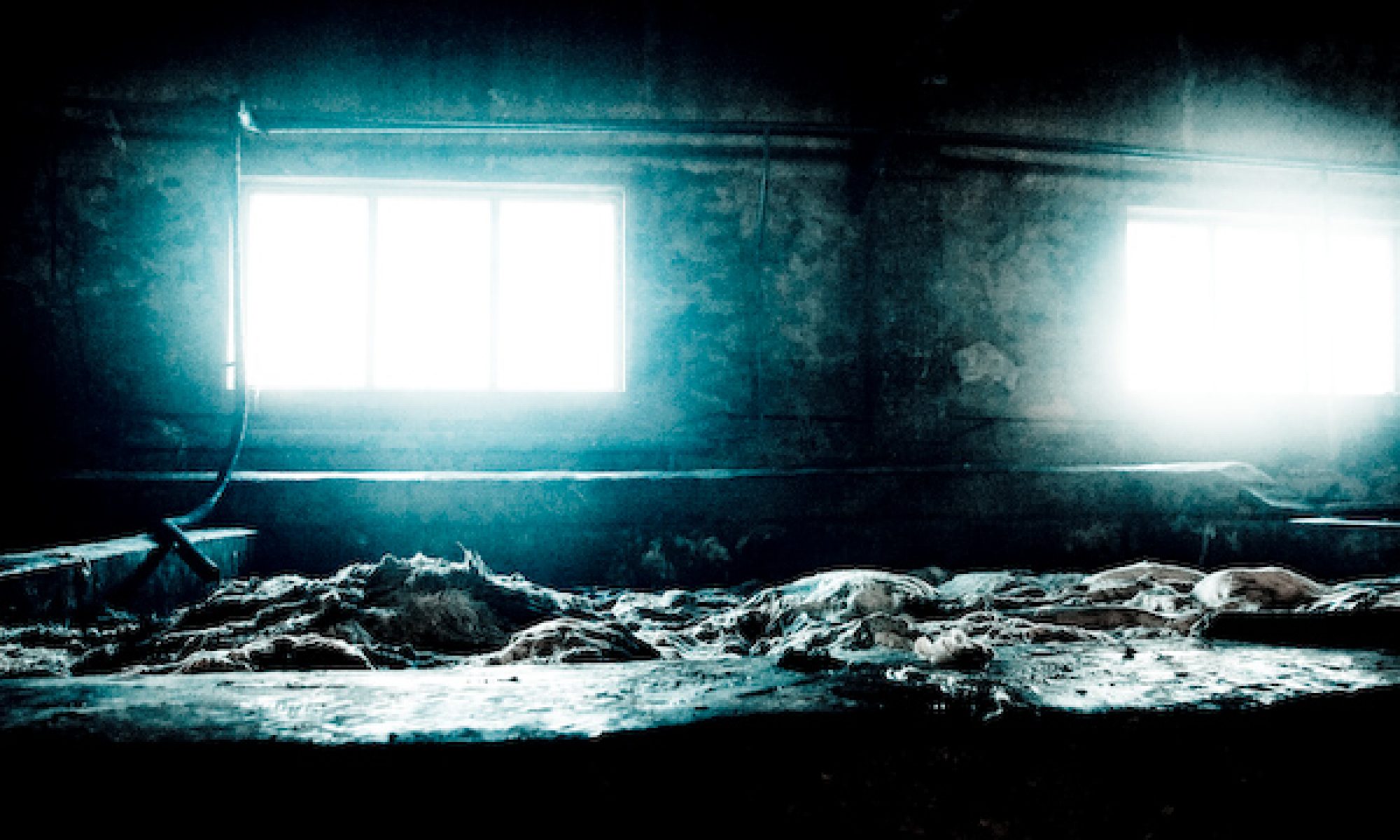The old VHS tape clicks into motion—rotational to lineal to magnetic to image.
The air is filled with echoes of deep past—I feel reverberations, but this might as well be my primary source. The camera settles on a fidgety boy of about five years, happiness and innocence bubbling from his grinning face. He begins his joke while my parents film, chiming in at the appropriate moments and feigning just enough surprise.
Then there is a cartoonish blur; a body, celestial or earthly it cannot quite be told, streaking across the background. Light is faster but sound is not far behind, the words rattled off form a blur of their own. One parent’s voice splits off to the side, and we hear a stern, embarrassingly simple instructing only barely clinging to a distant pleading, to desperate _God help us and our hellion of a child_. The first boy completes his joke, delivering the punch-line twice, this time getting it right.
I am five, in Kindergarten, and it is still two long years until my meetings with the school counselor, Mrs. Whiteside. Her kind dark brown face, one of only two among the lily-white faculty, and perhaps a dozen more among the 500+ students—heard first as a firm yet gentle rapping on the classroom door. Out I go, excited to be missing class, boring class. Mrs. Whiteside is slow and deliberate, but it is okay; she brings calm to my rough seas. She gives me blocks to fit together, pictures about which to tell stories. At some point the visits stop, and my parents tell me somehow (though I have no memory) that I have been diagnosed with ADHD. Their bookshelves sag with newly purchased tomes espousing the best way to “deal with your hyperactive child.” 15 years later my girlfriend will find these books on the shelf in our tv room and giggle in delight. I smile with a strange sense of pride in my hellaciousness (and repossessed “otherness”).
This, the age of doom and destruction, the failure and betrayal of humanity by reason and modern progress—now the innovators are brought into the folds. We, the “thinkers outside the box,” are the prophets of the 21st century.
No-one has yet to recruit AD/HD-ers outright, and perhaps they never will, but we can dream…
AD/Hyperactivity has several real-world manifestations beyond is theoretical murkiness, and perhaps more importantly, its skeptical appeal. Some of these effects are blatant and thus find remedy (for the lucky ___ %) in panaceaic medicines such as _Ritalin_ and _Adderall_.
And some fade with age. Even the ADHD’d young man who is hyperactive to the highest order will not ‘run and climb about’ when ‘expected to be seated.” Just as even the most docile, obedient child cannot reasonably be expected to remain seated and rapt for more than a short while. And so we can appreciate this creature’s developmental nature…
Our brains have certain structure designed to act as an inhibitor over the other, more ‘creative’ functions. We are constantly parsing, permutating, impulsing, repulsing to and from, against, forward, with and to the world around us. But something acts to prevent those most ludicrous of impulses—c’mon, I know you have all had them—from taking actualized form. Usually.
But what if such a structure were missing? Or only half effective? What then…?
